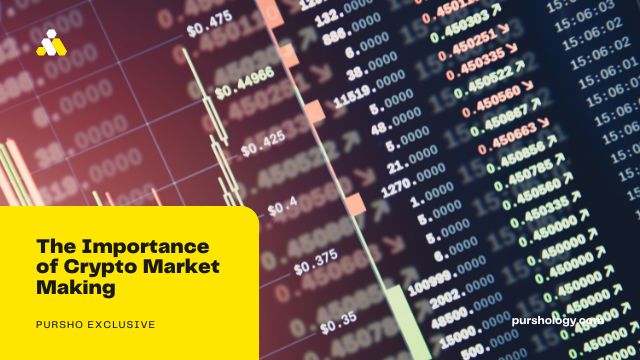Creating a successful crypto market making strategy requires intelligent adaptation. Many factors come into play, such as liquidity and order book depth. Proper liquidity ensures that a market is able to maintain a competitive spread and a healthy order book. A healthy order book reduces volatility and increases price stability. In addition, a healthy order book minimizes slippage and the risk of price manipulation.
Liquidity in a crypto market can be difficult to achieve. A market maker can help provide liquidity by quoting bid-ask asset prices throughout the day. In most cases, market makers use automated algorithms that are designed to keep human involvement to a minimum. This ensures that the firm is able to report trading activity accurately and in real-time. This is especially important in a volatile market like the crypto space.
Market making also allows users to trade an asset without incurring the costs associated with a high bid-ask spread. A wide bid-ask spread increases volatility in an asset and results in less trading volume. A wide bid-ask spread also makes it difficult to find a good price for an asset. It also makes it difficult for traders to get their orders filled. Market makers typically set a bid-ask spread and then pull their orders to maintain the spread at a level below the maximum allowed.
A market maker will also increase liquidity by maintaining a healthy order book. An order book is important for a token project, as it helps to stabilize the token price and increase liquidity for new token listings. A healthy order book also minimizes volatility and ensures that a token can be bought and sold at any time.
Market makers also ensure that a token is able to attract buyers and sellers to the market. This helps to attract new users and increase the overall efficiency of a token ecosystem. In addition, market makers help increase trading volume and increase the depth of a token’s order book.
Using a market maker can be a lucrative business, but it can also be a risk. There are some practices that are being used by unscrupulous market makers, which can be damaging to the user’s experience. In a regulated space, these practices are illegal and can lead to serious penalties. If you’re planning to use a market maker, make sure to check their reputation and report any activity you think may be harmful.
One common practice used by market makers is to fake volume. This can be done by inserting spoofed buy orders below the ask price. While this can lead to an increase in prices, it can also lead to losses for unsuspecting traders. These actions also cause a trader to feel compelled to front run a big buyer.
Market making also helps to generate interest in tokens that aren’t trading heavily on the exchange. These tokens may not be liquid, which means that a market maker can help ensure sufficient liquidity for newly listed tokens. This helps to ensure that a token has the liquidity needed to achieve its long-term goal of gaining traction.







